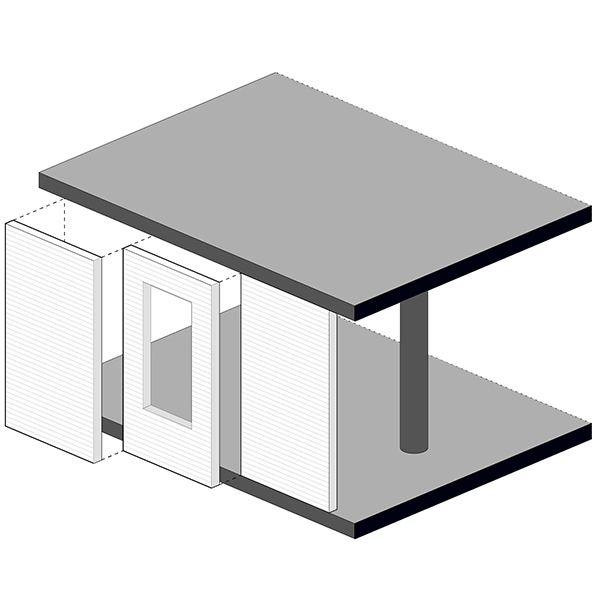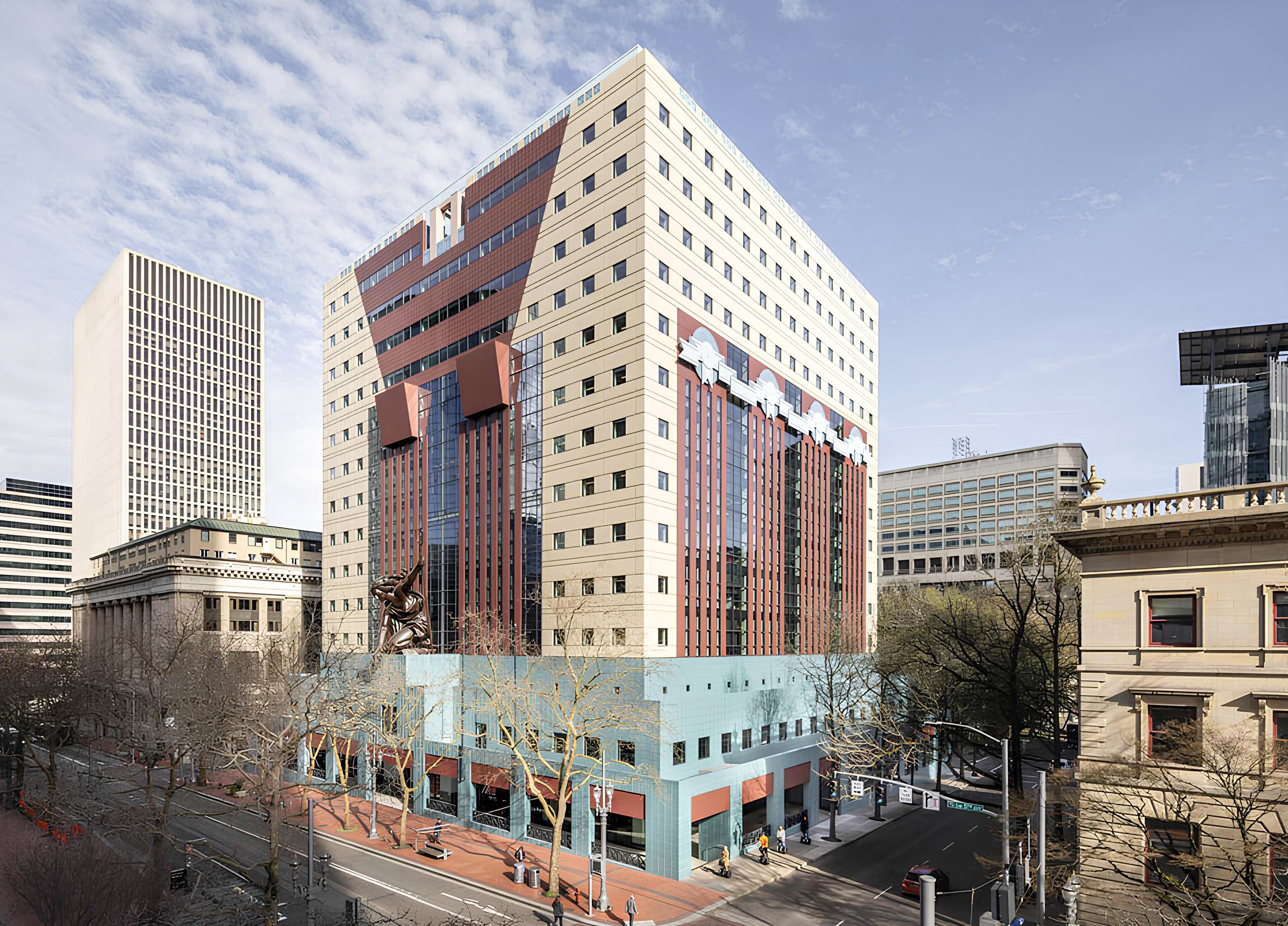The KOIN Tower is a Postmodernist skyscraper designed by Zimmer Gunsul Frasca Partnership, and built between 1981 and 1984, for a reported $48.0 million dollars, in Portland, OR.
KOIN Tower is not the only name you might know this building by though. The building is, or has also been known as KOIN Center.
Its precise street address is 222 SW Columbia Street, Portland, OR. You can also find it on the map here.
Levels 1 to 3 are occupied by small commercial spaces and offices. Floors 4 to 19 are dedicated to larger office spaces, while floors 20 to 31 are used for residential spaces.
The building underwent a major restoration between 2016 and 2017. The architect commissioned to undertake this restoration was Mackenzie Inc. Architecture.


